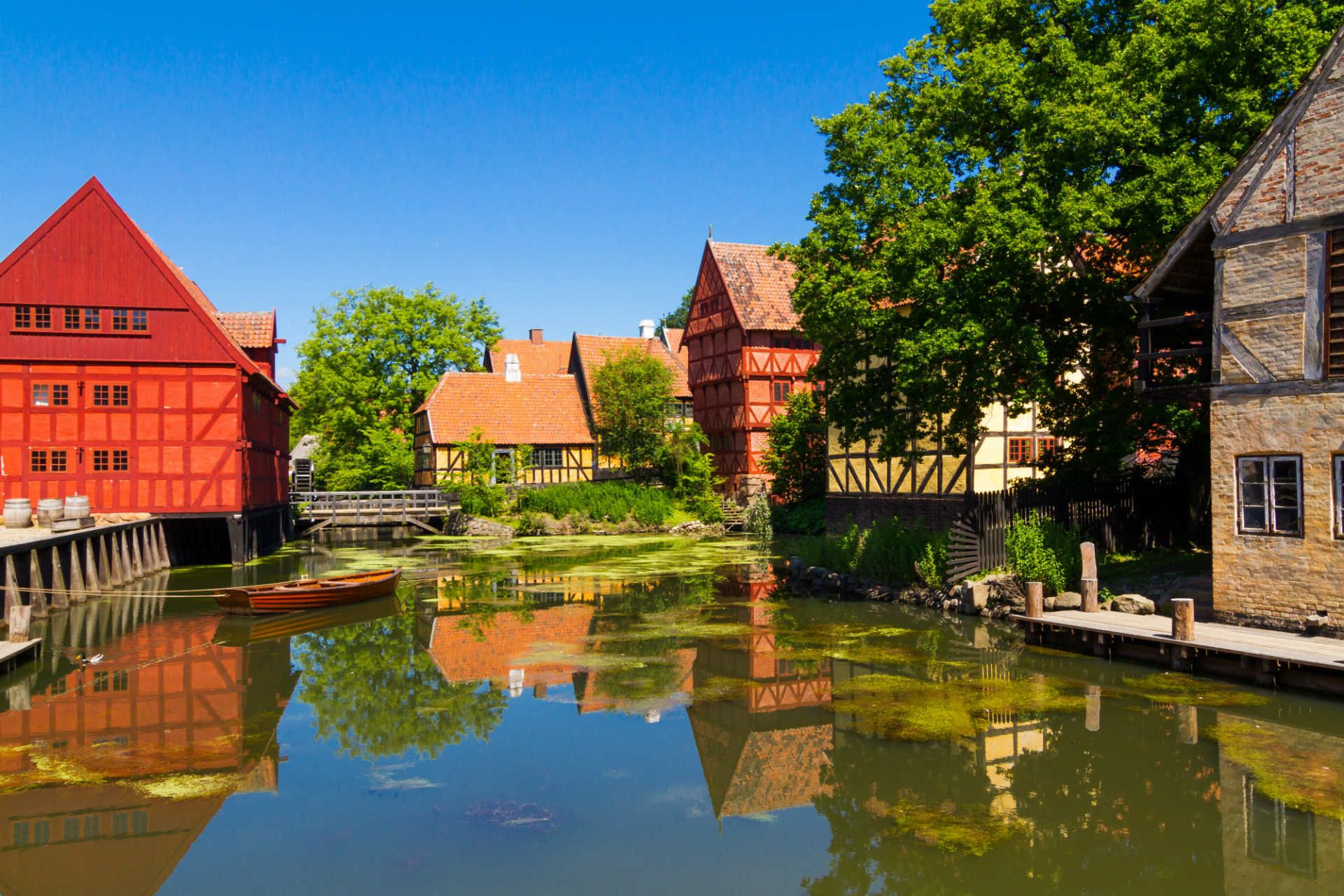What is the weather like in Aarhus, Denmark?
The weather in Aarhus is characterised by an oceanic climate, with mild summers and cool winters. Summer temperatures are between 20 and 25 degrees, but can sometimes rise higher.
Summertime is perfect for various outdoor activities and exploring the city. However, keep in mind that this is the most popular time of year for tourists and the city can be a bit crowded as well as accommodation prices can be higher than in other seasons.
The spring and autumn seasons are characterised by moderate temperatures of 7 to 18 degrees in spring and 15 to 20 degrees in early autumn. Both seasons are great for those wanting to avoid the crowds. However, be aware that the weather at these times of year is unpredictable and there is an increased chance of rain.
Winters in Aarhus are usually cool, with temperatures between 2 and 5 degrees Celsius. If you don't mind the cold, it's also a great time to visit the city and have a unique experience. You can visit museums and the city's festive markets. It is worth bearing in mind, however, that daylight during wintertime is limited and some attractions may reduce their opening hours during wintertime.
Find more accommodation options to stay in Aarhus.
Visiting Denmark is a truly unforgettable experience. For more inspirational travel tips check our Rough Guide books.
If you prefer to plan and book your trip to Denmark without any effort and hassle, use the expertise of our local travel experts to make sure your trip will be just like you dream it to be.
We may earn a commission when you click on links in this article, but this doesn’t influence our editorial standards. We only recommend services that we genuinely believe will enhance your travel experiences.
Top image © Klara Zamourilova/Shutterstock








